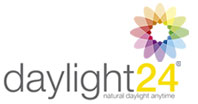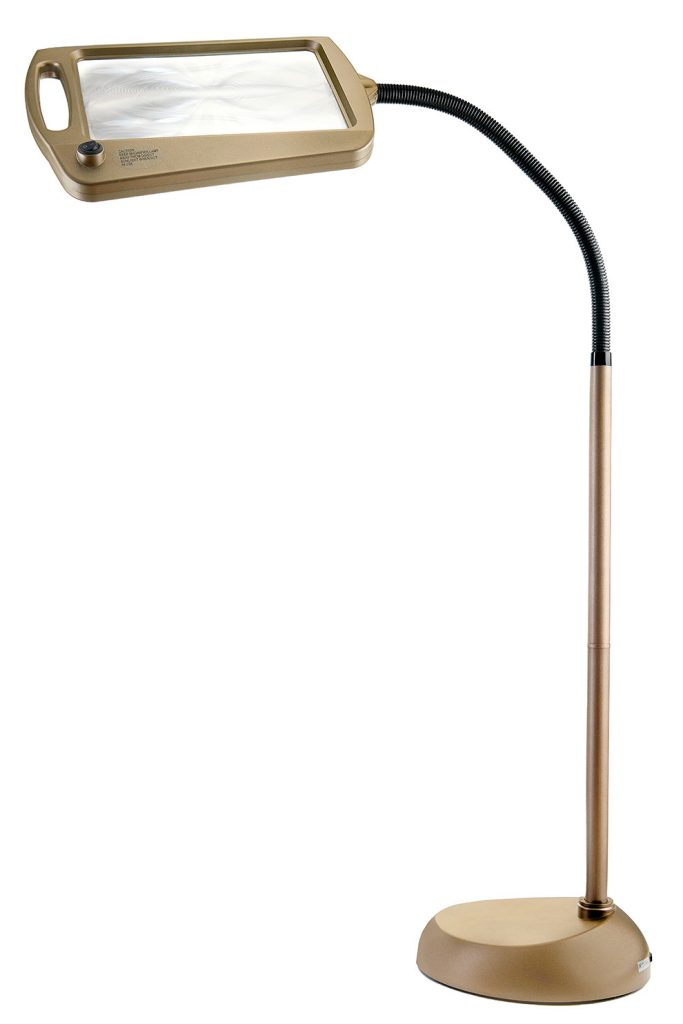LEDs have been around for a while now and they are here to stay. To most people LEDs and bulbs are a very mundane subject but when you’re in the industry, it’s rather fascinating to see and hear how much progress this technology has made.
So What’s the Difference between LEDs and lightbulbs?
Traditional lightbulbs, known as incandescent bulbs, have been around since the late 1800s. They are basically a glassed vacuum chamber with a filament that has energy passing through it when it’s turned on. Electricity passing through the wire filament heats that filament to such a high temperature that it starts to glow with visible light. The problem with this technology is that majority of electricity that goes through a traditional bulb is wasted as heat and that glow is more of a bi-product instead of the primary product that incandescent bulbs are meant to make.
LEDs are semiconductors that convert electrons into photons, nothing else! Energy is not converted to heat up a filament to an extreme glowing temperature. LEDs purely convert that energy into photons. In LEDs light is your primary product, not a bi-product of heating up a filament to such a high temperature that it begins to glow.
Can I Save Money Using LEDs?
Yes, and big time. Traditional lightbulbs required a lot of energy to produce light. LEDs on the other hand use a fraction of that energy as they don’t have to raise an elements temperature to an extremely high degree. Furthermore, raising the temperature to a very high degree in an incandescent bulb is very heavy wear and tear. LED lights don’t have to go through this extreme. LED lights are designed to last years instead of weeks and often a single LED bulb can last you five or more years.
With LEDs you end up using less energy, don’t have to worry about over heating a space during the warmer months, and you will probably end up changing the LED bulb once every five, 10 or even 15 years!
Features to Look For in an LED Light
There are a few options that LEDs offer and here are the key things you should consider when buying them.
Lumens – This simply means “luminosity” and the higher the value the more light is projected from the LED. Your traditional incandescent 60 Watt bulb is roughly 600 Lumens.
Color Temperature – This is a measurement of the color your LED will project. The higher the temperature value, the closer you will get to a “sunny blue sky” light. Here is how it breaks down:
- Around 2700K-3000K is your warm white light
- 4000k to 5000k is your natural white light (horizon daylight)
- 5500K to 6500K is a day white light color (think of a slightly cloudy sky)
- 10,000K is a very blue cloud-free sky. This is quite bright and intense!
We hope this helps you better understand the difference between LEDs and bulbs. We offer a large selection of natural light bulbs to bring in that sunlight happiness into any room. These are ideal for reading, sewing, and many other hobbies.

